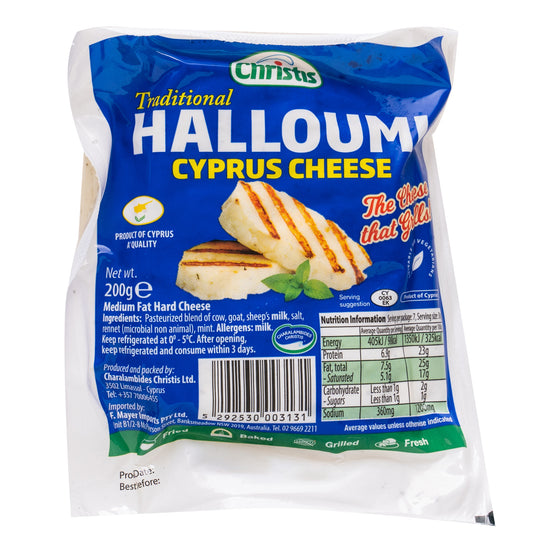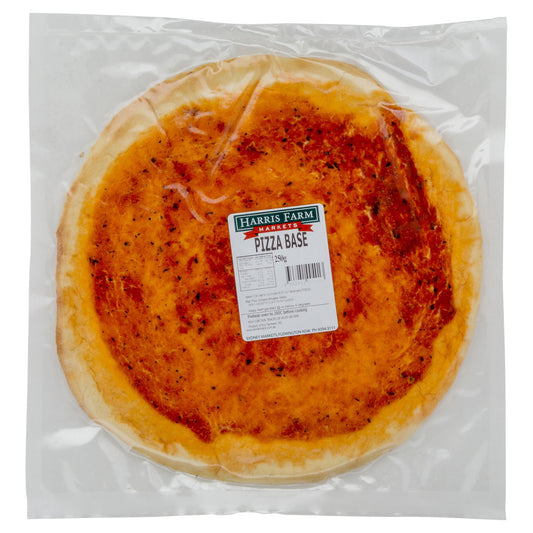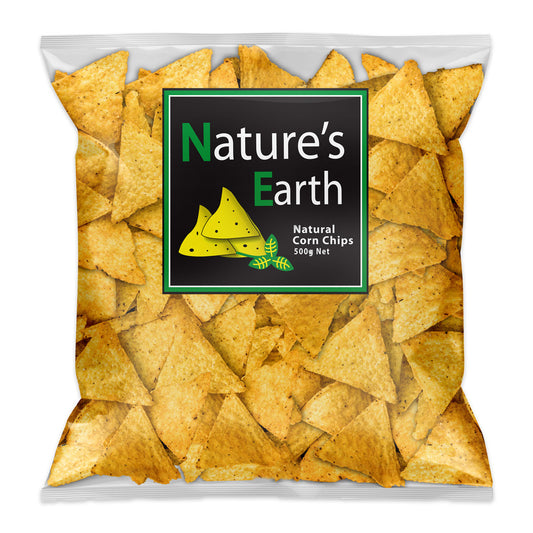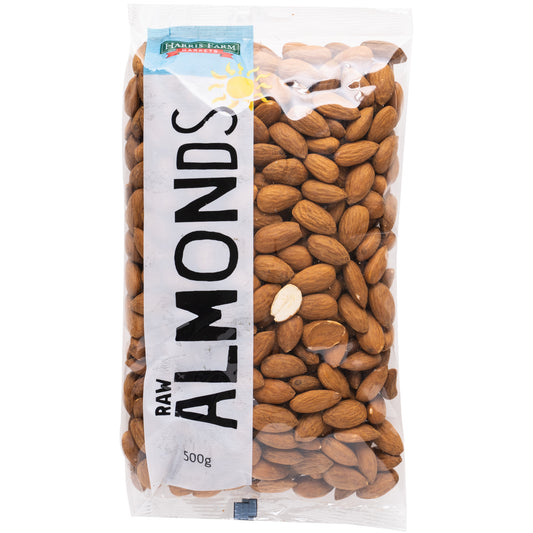Do you need a holiday? We’ve heard that some change is as good as one. With that in mind, try lobbing some of these Aussie grown delights into your trolley this week. You might not be navigating a breakfast buffet in a pair of flip flops and a sarong, but these tropical treats will certainly give you the taste of escape.
Here’s a brief field guide to a few of our favourites (and some great ways to put them to use).
Fuyu
If you’ve ever wondered what those vibrant orange tomato looking fruits are, they’re fuyu. It’s another name for non-astringent persimmons. Whether you eat the nutrient-filled peel is up to you. Some people like the crunchy texture, others find it a little waxy. If you don’t like it, you can always peel it off and add it to fruit infusions, like this one with achacha (recipe here). Fuyu persimmons taste like dusky apricots. They can be eaten whole, quartered, cut like apple wedges, or sliced. You can eat them raw – they make a great addition to a cheese plate, include them in salads with halloumi and green beans, make a salsa with diced fuyu, red onion and coriander to top fish, or tacos or bake with them in a similar way to apples in cakes and tarts. Generally, the darker the colour, the sweeter the taste.
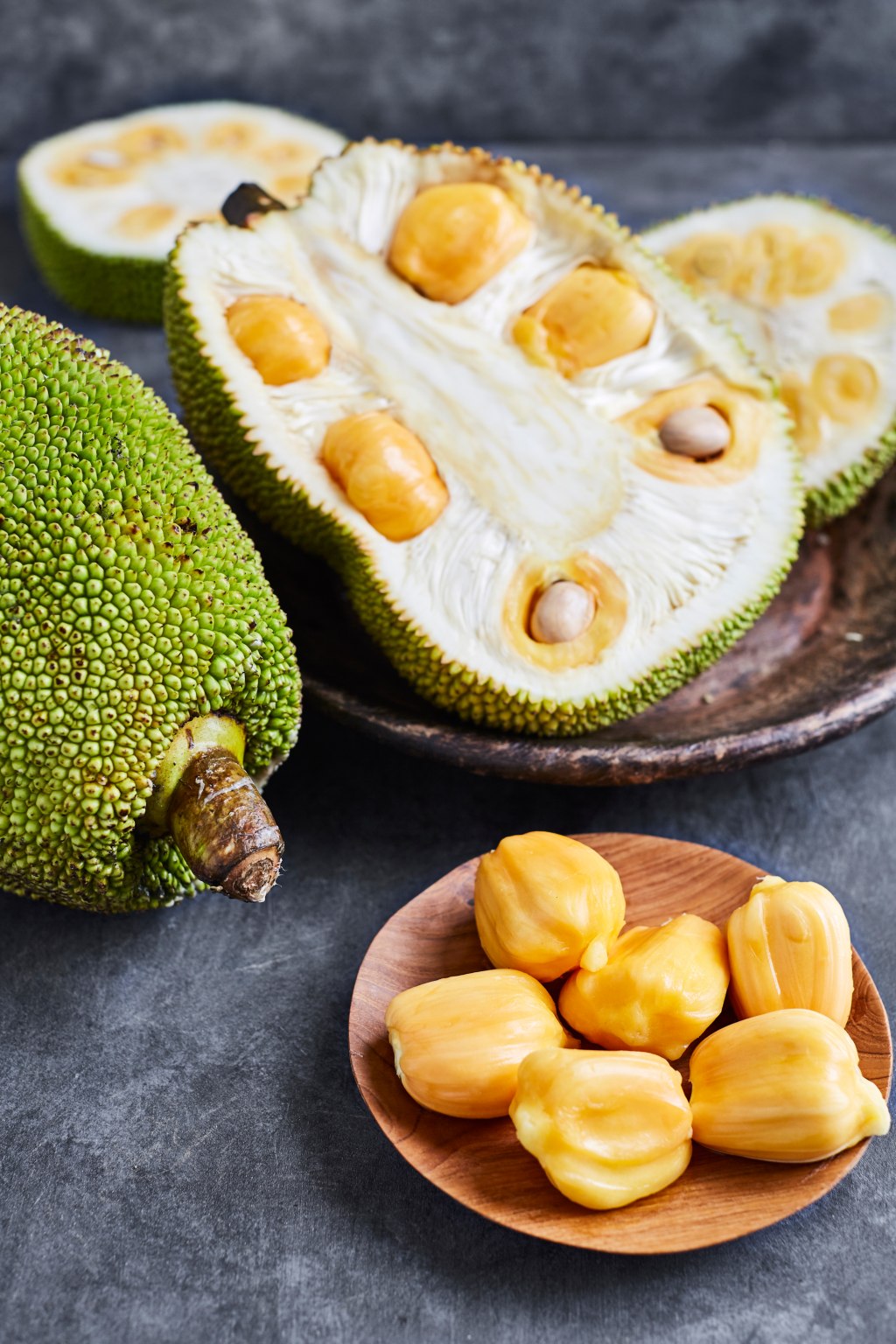
Jackfruit
A jackfruit is the biggest fruit in the world and can look like an abandoned prop from a science fiction film. These khaki coloured lumpen orbs, covered in spikes can grow up to 90 cm long and are common in India, Southeast Asia, and the Philippines. (Most in store are much smaller than that.) When eaten ripe and raw, the pods inside taste similar to pineapple, mango, and banana. Opening one takes a bit of a knack, particularly getting through the spiky skin, but the flesh is rewardingly sweet. Jackfruits can be eaten on its own or turned into halwa by grinding the flesh into a paste, then stirring and cooking it with jaggery or brown sugar, crushed cardamom and ghee. You can also use it in place of pineapple in a classic upside-down cake, or even on a Hawaiian pizza.

Mangosteens
Despite their name, mangosteens have nothing to do with mangoes. They’re also known as the Queen of Tropical Fruits. The skin is leathery and a rich purple when ripe (watch out, the skin pigment can stain). The flesh inside is pearly white, sweet and tangy. To open, place the mangosteen in the palm of your hand with the stem on top, and use your fingers to press on the upper half until the shell opens, then extract the pieces of flesh. Mangosteens have a flavour similar to lychees and peaches. Try them in zippy ceviches (see recipe below), in tropical fruit salads, or with coconut milk tapioca puddings.

Kingfish Ceviche with Longan & Mangosteen. Recipe here.
----------

Longan
A longan is small, has a light brown shell, white flesh and a central hard black seed that looks a bit like an eye (which probably explains why they are known in China as a ‘dragon eye’). They’re related to the lychee and rambutan. The flavor of the longan is like a lychee, but sweeter and more grape like. Try them in tropical fruit salads, ceviches, in your favourite stir fry, or add their flesh into smoothies or cocktails.

Papaya
Papaya can be divisive. These orange orbs with small black, bead-like seeds have flesh which is velvety like mango. They also have a musky fragrance that some find overwhelming. Yet there’s an easy hack to fix that, just squeeze fresh lime juice over it and it gives a papaya a whole new lease of life. Try it on a fruit platter, give it a southern American kick with a little chilli powder and salt along with the lime, or puree it and turn it into a granita. Alternatively, put it to work as a meat tenderiser. The papain in the papaya works in a similar way to the bromelain in pineapple. Try using some pureed papaya along with spices like cumin, coriander and chipotle chilli as a marinade for forkingly tender pork shoulder.
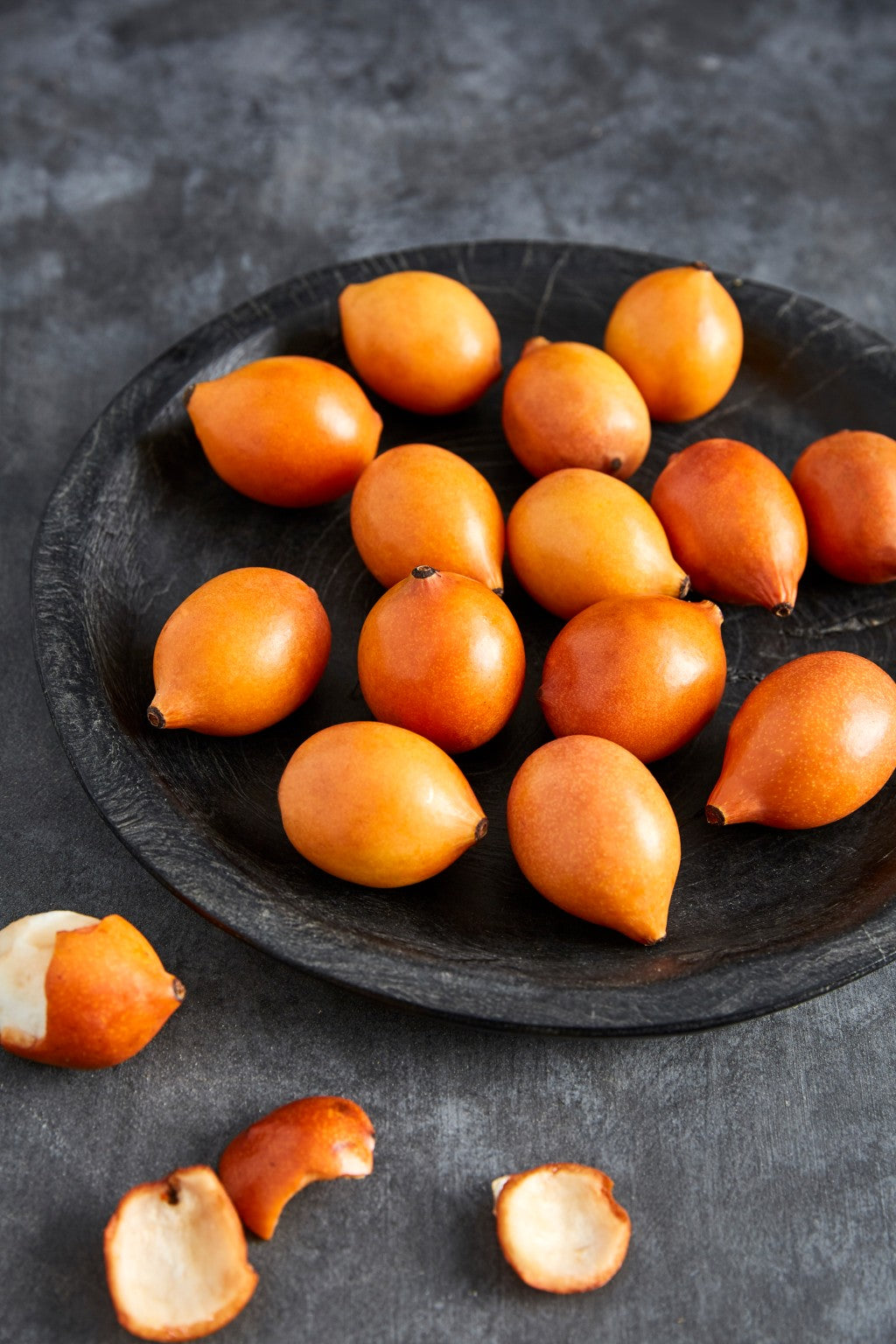
The Achacha is an egg shaped with a reddish orange shell and white flesh. It’s common in Bolivia, where in a local dialect its name translates as ‘honey kiss’. There is usually one coffee-coloured seed inside, similar to a mangosteen, longan, rambutan and lychee. They have half the sugar of a mangosteen, and a tangier flavour. You can use the flesh in bright salads or freeze the flesh for a sweet treat (like frozen grapes). Just make sure you keep the skins. They can be steeped and turned into a refreshing cordial, that also makes a great base for smoothies or cocktails (see recipe below).

Achacha Skin Cordial. Recipe here.
----------
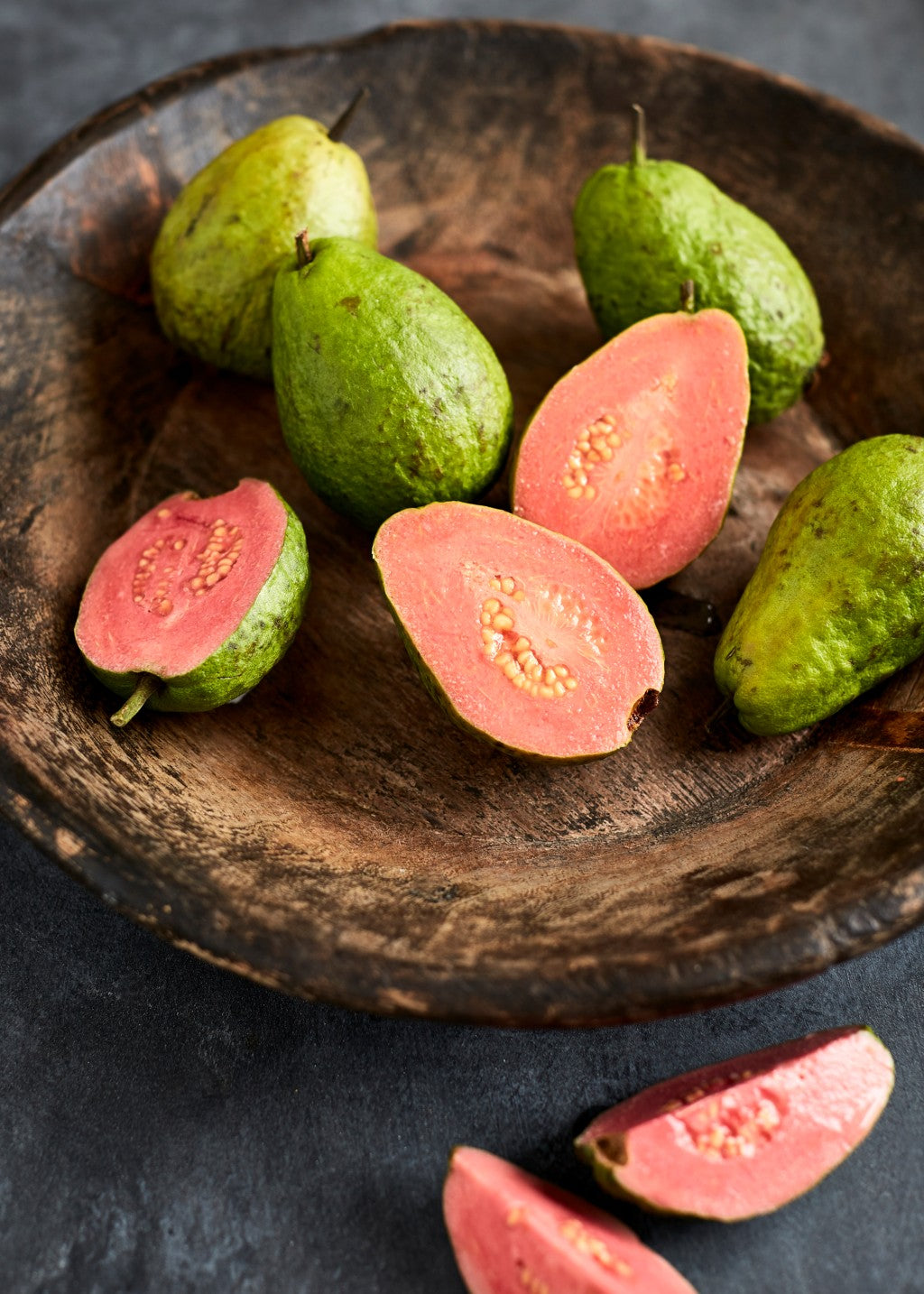
Guava
The flesh of a guava is a lolly-like watermelon pink. The flavour is somewhere between a pear and a strawberry. These rounded yellow skinned fruits have edible seeds and you can eat the skin, like an apple. Try dicing them into fruit salads, pureeing them for smoothies or for cocktails (they make a good twist on a bellini when combined with sparkling wine), turning into jam and stuffing inside puff pastry with cream cheese for a classic Cuban treat Pastelitos de Guayaba.

Dragonfruit
The vibrant pink skin and green spines of a dragonfruit look unearthly. Inside you’ll find either deep pink or creamy white flesh speckled with edible black seeds, that’s as fun to look at as it is to eat. Their texture is similar to a melon, lending itself well to being cut into novelty shapes for fruit kebabs or salads. The taste is somewhere between a kiwi and a pear. To open a dragon fruit simply cut in half, like an avocado and use a spoon to scoop out the flesh. You can add dragon fruit into fruit salads, salsas or use it to top puddings like this coconut, ginger and lime tapioca (see recipe below).
 Coconut Tapioca with Dragonfruit, Papaya, Guava, Ginger and Lime. Recipe here.
Coconut Tapioca with Dragonfruit, Papaya, Guava, Ginger and Lime. Recipe here.












